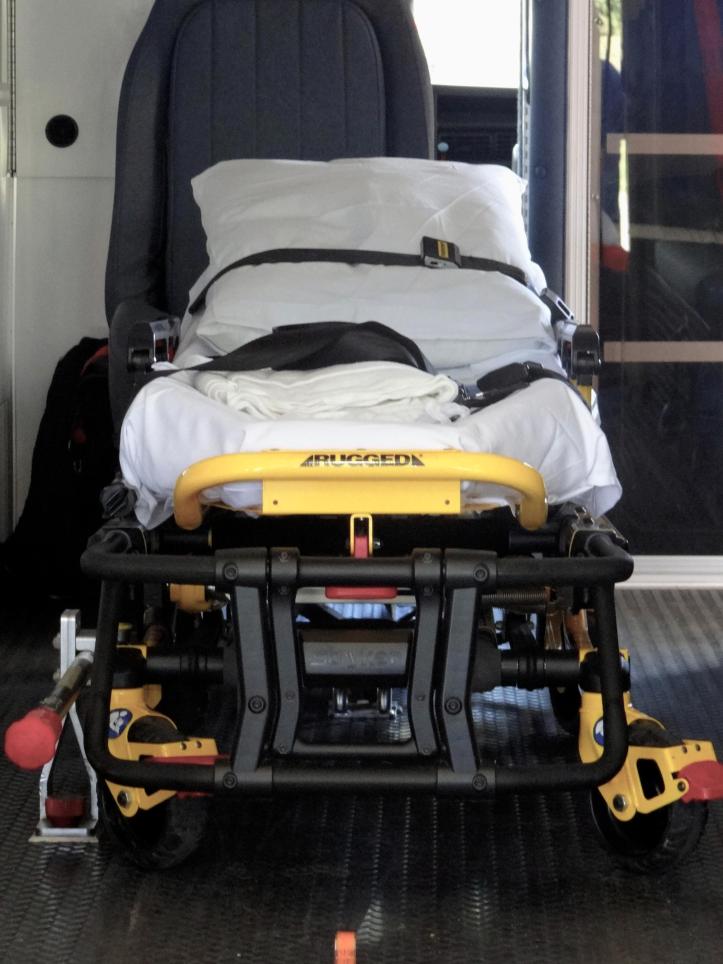
In this series of posts I am looking at SNOMED CT® using the international browser. SNOMED CT® uses event descriptors. There are 117 events that I could identify including an extended period of being weightless. The event descriptors can be combined with the environment descriptors.
I thought there looks to be some overlap with the V, Y and Z codes in ICD-10 and again it will be interesting to see how this develops with the ICD-11/SNOMED CT® harmonisation.
Appendix A – Other Posts in the Series on Health Information Exchanges
A Literature Review of 40 years of SNOMED
Arizona Statewide Health Information Exchange
A History of The Health Information Exchange in Pennsylvania
The Arkansas Health Information Exchange – SHARE
The California Health Information Exchange – Cal Index
Creating a Health Information Exchange in Arizona
Health Information Exchanges and Chronic Conditions
HIPPA and Health Information Exchanges
Körner Data and SNOMED: A Snapshot from 1988
Mapping ICD 9 (or 10) to SNOMED CT®
Over 1 Million Relationships: SNOMED CT ®
SNOMED CT® International Browser
SNOMED CT® Utilises the Brodmann Area Classification for Brain Regions
The Insular Cortex and SNOMED CT®
Administrative Statuses in SNOMED CT®
Environment Descriptors in SNOMED CT®
What’s a Kinkajou got to do with 21st Century Medical Terminology?
Standardisation of Health Information Technology in New Zealand
Statisticians were Responsible for the Development of an International Classification of Diseases
Why Do We Need Electronic Record Systems to Talk to Each Other
Appendix B – Definition of Health Information Exchange
This is the definition of the Health Information Exchange that I use (Hersh et al, 2015)
‘Health information exchange (HIE), the electronic sharing of clinical information across the boundaries of health care organizations‘
Index: There are indices for the TAWOP site here and here
Twitter: You can follow ‘The Amazing World of Psychiatry’ Twitter by clicking on this link.
TAWOP Channel: You can follow the TAWOP Channel on YouTube by clicking on this link.
Responses: If you have any comments, you can leave them below or alternatively e-mail justinmarley17@yahoo.co.uk.
Disclaimer: The comments made here represent the opinions of the author and do not represent the profession or any body/organisation. The comments made here are not meant as a source of medical advice and those seeking medical advice are advised to consult with their own doctor. The author is not responsible for the contents of any external sites that are linked to in this blog.
Conflicts of Interest: *For potential conflicts of interest please see the About section.
[…] Event Descriptors in SNOMED CT® […]
LikeLike
[…] Event Descriptors in SNOMED CT® […]
LikeLike
[…] Event Descriptors in SNOMED CT® […]
LikeLike
[…] Event Descriptors in SNOMED CT® […]
LikeLike
[…] Event Descriptors in SNOMED CT® […]
LikeLike
[…] Event Descriptors in SNOMED CT® […]
LikeLike
[…] Event Descriptors in SNOMED CT® […]
LikeLike
[…] Event Descriptors in SNOMED CT® […]
LikeLike
[…] Event Descriptors in SNOMED CT® […]
LikeLike
[…] Event Descriptors in SNOMED CT® […]
LikeLike
[…] Event Descriptors in SNOMED CT® […]
LikeLike
[…] Event Descriptors in SNOMED CT® […]
LikeLike
[…] Event Descriptors in SNOMED CT® […]
LikeLike
[…] Event Descriptors in SNOMED CT® […]
LikeLike
[…] Event Descriptors in SNOMED CT® […]
LikeLike
[…] Event Descriptors in SNOMED CT® […]
LikeLike
[…] Event Descriptors in SNOMED CT® […]
LikeLike
[…] Event Descriptors in SNOMED CT® […]
LikeLike
[…] Event Descriptors in SNOMED CT® […]
LikeLike